Keep the Tail Wagging is supported by pet parents. I occasionally earn a commission (at no additional cost to you) when you click through an affiliate link to one of my favorite products. Thank you for your support. Read More
When it comes to raw feeding, diet alone isn't enough for me. I need to confirm that what I'm doing is actually working for my dogs and I do this through nutrient testing with ParsleyPet. This is something I do every other year; the first time I sent in hair samples was in 2018, the second time was December 2020.
Why I Invest in Nutrient Testing for My Dogs
When it comes to feeding our dogs a “balanced” diet, I'm one of the outliers of the raw feeding community who believes…
- no one knows what equates to “balance” for our dogs.
- AAFCO, an organization headed by pet industry executives, gives us the bare minimum.
- the NRC is a great guide, however, not many people can afford the book or understand how .to extrapolate the information for their dogs.
- meal formulation software is great if you can afford it/understand how to use it.
- every dog is different and absorbs nutrients differently.
We're constantly learning about our dogs and doing the best we can with the information we have and because of this, I choose to feed my dogs as follows and have them nutrient tested, and making adjustments as I learn more.
- I start with a base of 80% muscle meat, 10% bone, and 10% organ meat, switching proteins weekly.
- I mix this with Dr. Harvey's Paradigm (sometimes Raw Vibrance) base mix to get me closer to “balance.”
- I add additional foods (sardines, oysters, vegetables) and supplements based on what my dogs need each week.
And with all the work that I do, I'm still not sure. So, just as annual bloodwork is important, it's just as important for me to do nutrient testing. This is information that helps to shape how I feed and raise my dogs.
More About Parsley Pet Nutrient Testing
ParsleyPet is a small business that helps make raw feeding easier for me. It's a simple hair test that helps to identify deficiencies or toxic levels of essential nutrients or heavy metals in their system. We receive a full, colorful report detailing the test results and providing action steps.
ParsleyPet Tests 48 Items
The test covers 48 of the most common nutrients, heavy metals, and minerals, including:
- calcium
- phosphorus
- iron
- copper
- mercury
- aluminum
Nutrient Testing is Easy and Pain-Free
I took hair samples close to the skin on the back of my dogs' necks, sealed the samples in an envelope, and mailed it off with an intake form to ParsleyPet. I received the results a few weeks later.
I don't bathe my dogs prior to cutting the hair because I don't want their shampoo to taint the test results.
Tests are Reviewed by a Holistic Veterinarian
The best part of ParsleyPet is that the tests are reviewed by a holistic veterinarian who I trust. Dr. Laurie Coger has over 25 years of experience in veterinary medicine and raw feeding, making her the best person to review the results.
ParsleyPet Nutrient Testing Results
I had Rodrigo, Scout, Zoey, and Apollo nutrient tested this time around and the results came back as “EXCELLENT” for three of our dogs and “GOOD” for one of our dogs. I expect the “EXCELLENT” because I kick butt at feeding my dogs – excuse me as I pat myself on the back. To me, this goes to show that it's not necessary to use software, a calculator, or a thick book to feed our dogs. Those things are helpful tools but not necessary if someone doesn't have time or funds.
So, what's the deal with the “GOOD” test results?
Surprisingly, the “GOOD” was for Scout and not Rodrigo, which is what I expected. However, this is good news and I'll tell you why.
Exocrine Pancreatic Insufficiency (EPI) in Dogs
Rodrigo was diagnosed with EPI in 2019, which means that part of his pancreas that produces digestive enzymes doesn't work, so I add those enzymes to each of his meals and he's thriving. So, his test results are fantastic news and show me that he's now absorbing the nutrients in this diet and I'm meeting his nutritional needs (according to ParsleyPet's guidelines).
Digestive Issues in Dogs
Scout's the dog that received “GOOD” on his report and reading through I saw that he's having trouble absorbing some nutrients and after reading the results, my thought was “ahhh, this makes sense.”
“Scout's results were predominantly good, with the reception of his mercury level. His mercury ratios were also low. Determining the source of possible mercury exposure, and improving his iron level should be helpful.”
Mercury Exposure
I'm not sure where the mercury exposure came from; and because it's not an issue with my other dogs, I suspect that this is a one-off. This past year, we've been at home; I haven't been taking my dogs off of our property, so any mercury exposure would impact them all, not just one. And looking around our garage and property, we didn't find a potential issue.
But then I kept thinking. Although my dogs aren't exposed to mercury in our home, it may be a part of their diet – FISH! I feed fish regularly – sardines, oysters, white fish/salmon blends – and this can cause the mercury levels. But since it wasn't noted in all of the dogs, I think this is nutrient absorption and liver function issue.
Nutrient Absorption Issues?
Scout has been experiencing digestive issues (gas, loose stool, coprophagia). I had already adjusted his diet slightly to address the issues, but the test results helped me figure out what he needs.
- For one week, I added digestive enzymes to his meals to improve absorption of nutrients.
- Then I began adding FullBucket to his meals daily along with Fido Flora by Adored Beast Apothecary.
Improving Iron Levels
Another thing that popped up was that Scout's iron levels could use a boost. All of the blood leaving the stomach and intestines passes through the liver and the liver breaks down the nutrients and chemicals, making them easier for the rest of the body to use, while filtering out what the body doesn't need.
So, it's important that Scout's liver is healthy, so I began adding a spoonful of organ meat to the bowl. This is in addition to the organ meat in his daily grinds. And to improve liver health (and pump out that excess mercury), I'm alternating milk thistle and Hepato Support. When adding liver support to my dogs, I don't a daily dose is necessary, so I take a break after a month.
How I'll Know if My Changes Worked
I'll be testing Scout again in May or June to make sure I've addressed his absorption and liver issues. It takes that long for the changes to be reflected in his hair. In the meantime, I'll share the results with his veterinarian for us to discuss on his next wellness check-up.
Why I Invest in Nutrient Testing Every Other Year
The tests cost $250 each, which is a lot with four dogs. It may seem like a good idea to only test one dog if all of your dogs are eating the same diet, however, you risk missing things (which read above) because every dog processes food differently.
If you're considering the test and cost is a concern, I recommend the following:
- Order the tests on Black Friday weekend – I saved $50 on each test this way.
- With multiple dogs, I recommend testing dogs months apart; so, I'd test two dogs in December and 2 dogs in June.
If I could afford it, I would test my dogs annually and plan to work towards this goal.
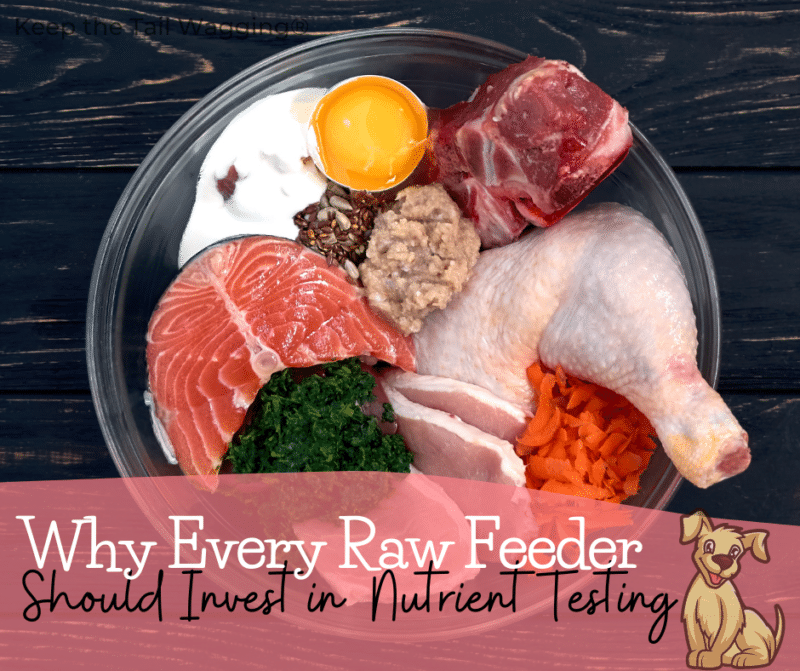
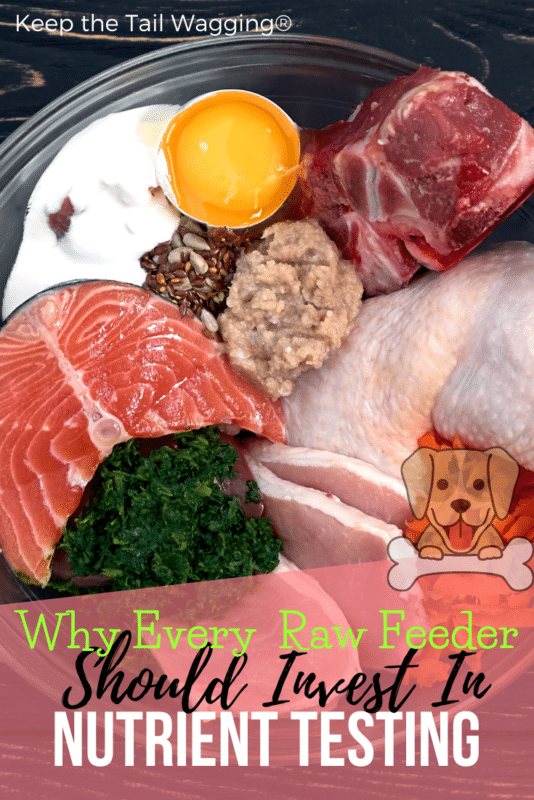


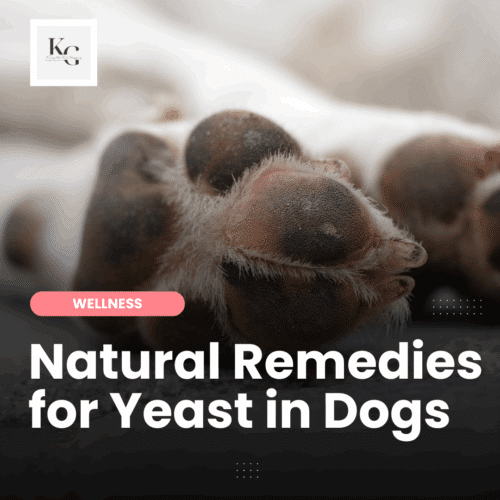
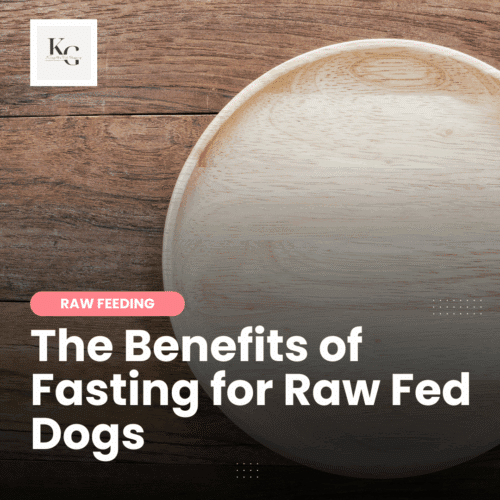
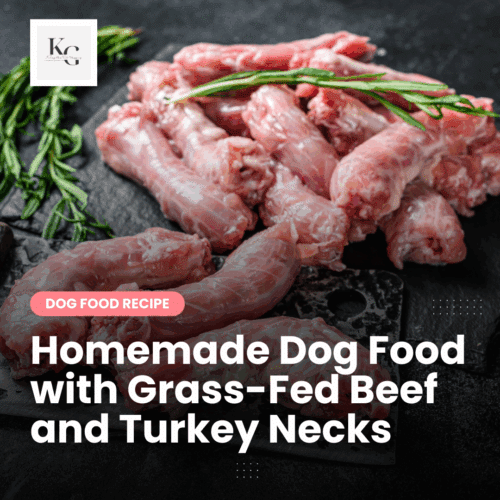
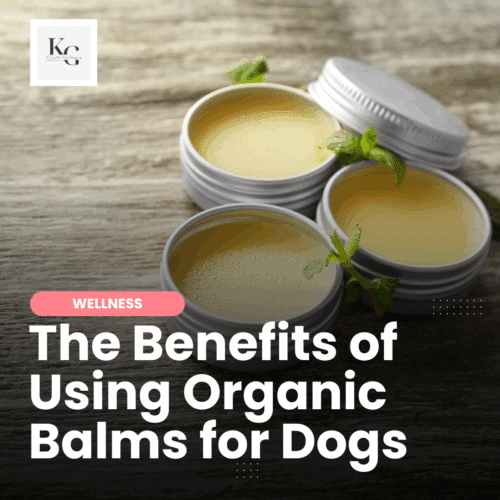

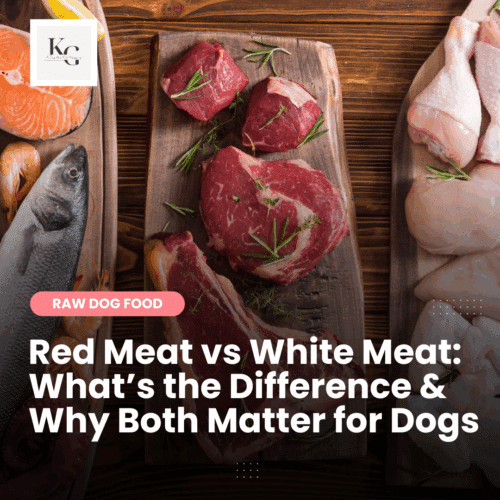
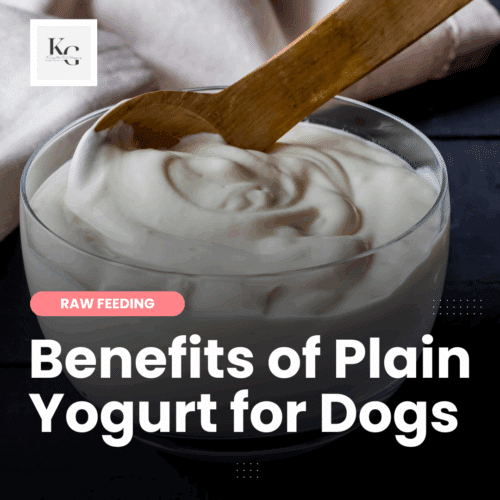


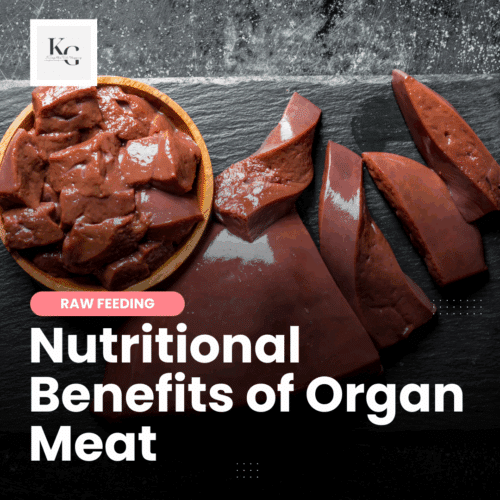


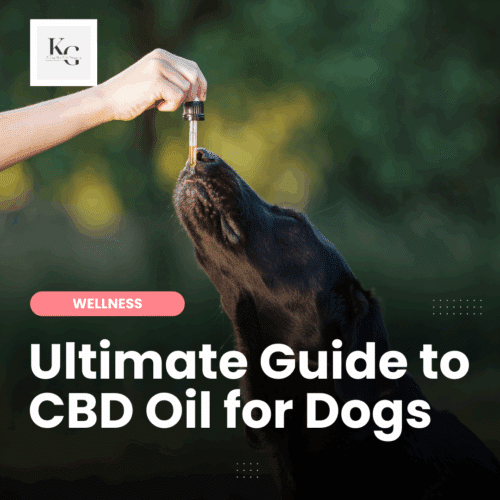
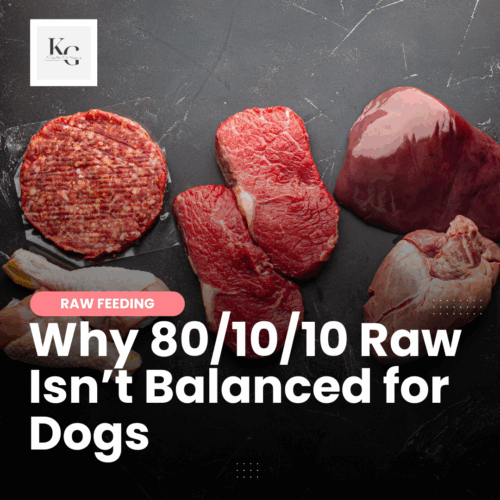
It’s not a scam.
Hair mineral analysis is common for humans and a couple of companies (that I know of) have extended it to dogs as well. There isn’t a commonly used blood test for nutrient analysis. I looked for one years ago and it was close to $800 per dog, which I absolutely cannot afford. A complete blood panel, which my dogs do annually, doesn’t test for nutrients. They can give us a heads up on health issues and some of those issues may be caused by nutrient toxicity or deficiency, but as I understand it, by the time this shows up in a CBP, it’s a huge problem. Testing the hair lets me know how my dogs are doing timely, allowing me to make corrections to my dogs’ diet before things get out of hand.
Also, these tests are recommended by Dr. Laurie Coger, a veterinarian with more than 25 years of experience in raw feeding and holistic veterinary medicine – I work with her regularly and she’s a true professional and wouldn’t add her name to a scam.
Best.
This sounds like a scam to me. How in the world would this info be gotten from a hair sample? Seems similar to allergy testing from hair. Sorry, not buying it. For that price, I’d say a blood test would be a much better go.